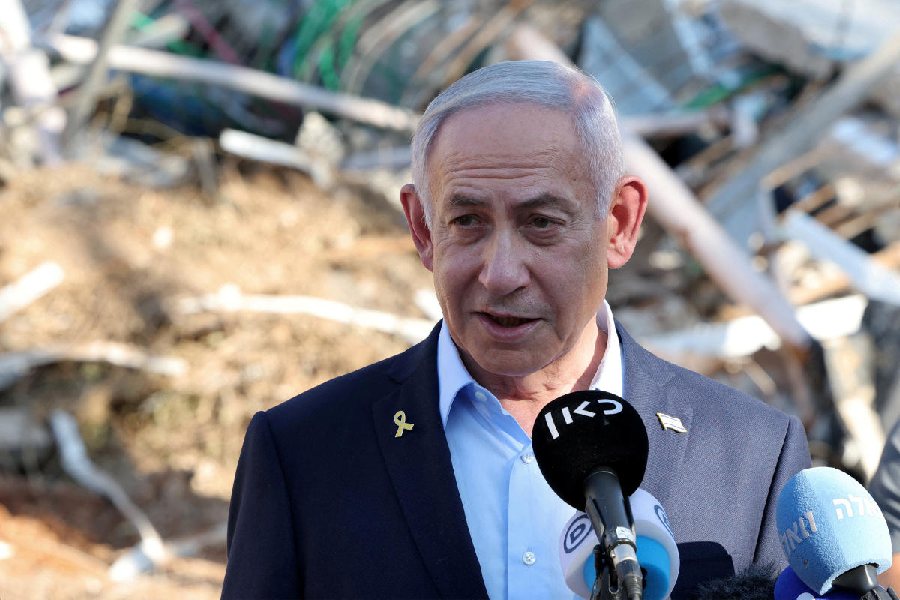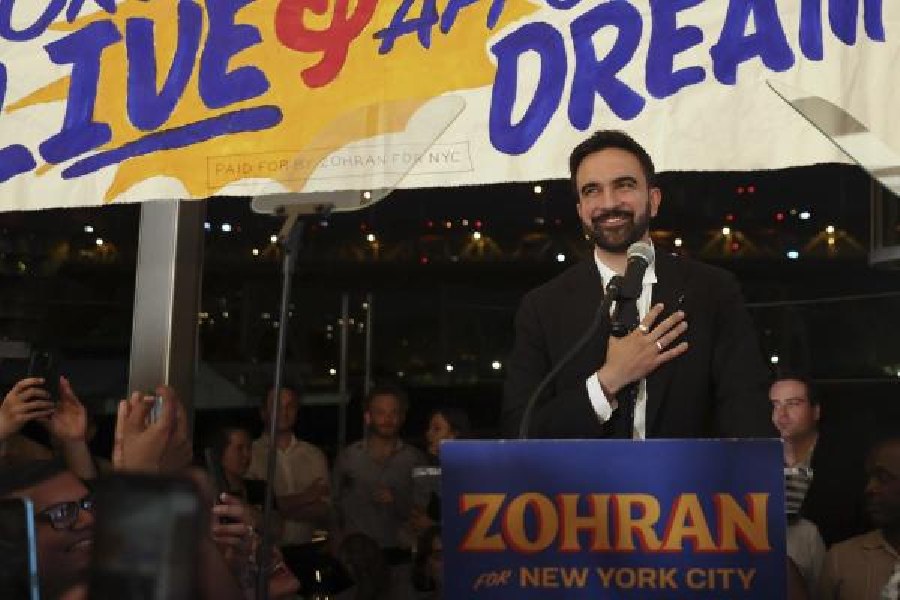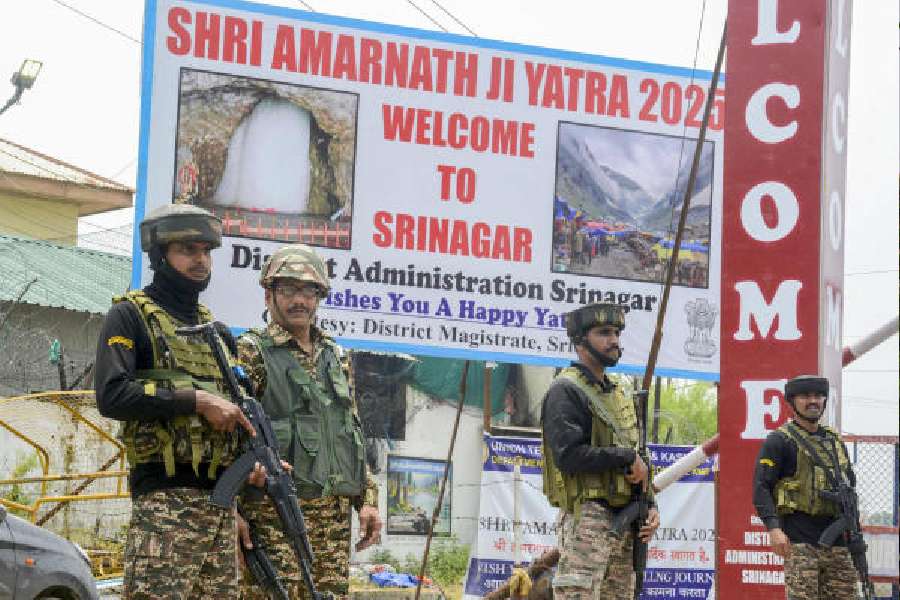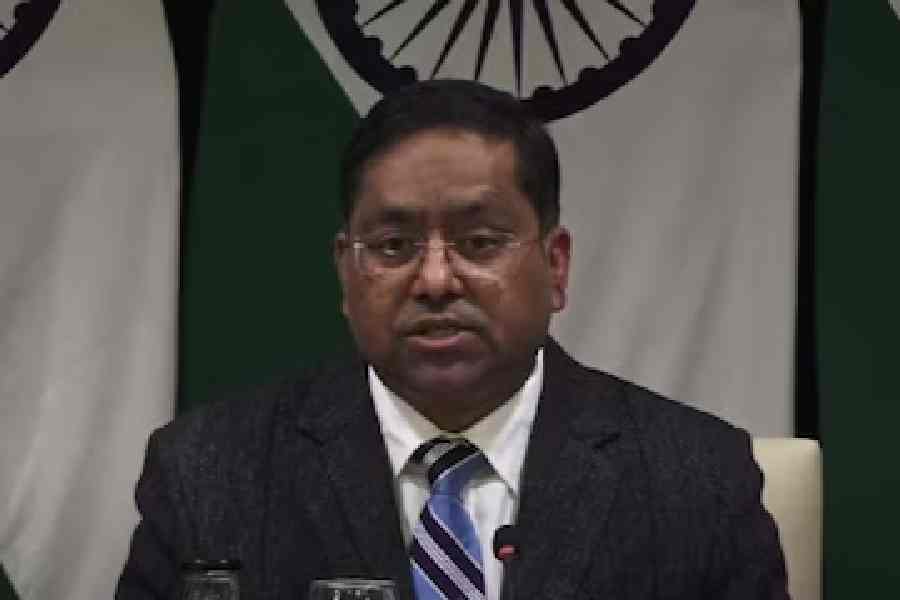
The multi-layered narrative
The Dark Knight doesn’t repackage the standard superhero storyline of hero-meets-villain-loses-first-and-later-wins. It manages to seamlessly integrate its multi-layered plotlines and tell a story, rather than worship its protagonist — the story of a vigilante trying to curtail the funds of the mob bosses whose motivation is money and power; the story of a hero willing to become a villain for his city, even forsaking his love; the story of a city, which still has people ready to believe in good.

Bale aces Batman
Without a doubt, Christian Bale captures the essence of Batman like few of his predecessors have. Bale tempered his Bruce Wayne/ Batman with a touch of vulnerability. Here was a caped crusader who had his imperfections and failed, just like the rest of us. Director Christopher Nolan scored with a superhero who struggles to do what is right, wants to give up and is never seen as a hero by his people and is willing to be hated, if that can keep the hope of a better Gotham intact. And yes, Bale was just perfect.
.jpg)
Action ahoy!
Nolan’s brilliance shines through in every department, including the film’s jaw-dropping action sequences. We loved how The Dark Knight had Batman going old school and engaging in hand-to-hand combat, rather than CGI action. Our pick of the action scenes? The truck chase sequence, with a bazooka taking out the Batmobile and the revelation of the Batpod within, along with the thrilling pursuit is easily one of the best chase sequences.

Deliciously evil
That the Joker — Heath Ledger in an Oscar-winning act — cannot be negotiated with or threatened with leverage makes him the most formidable and unpredictable Batman villain ever. Ledger owns every frame he’s in, right from the first bank robbery sequence. His deadpan one-liners to the chilling scars on his face, everything lent character to the Joker. Ledger’s improvisation in several scenes — like how he fumbles with the bomb remote outside the hospital — enhanced the Joker’s twisted persona.
And though Aaron Eckhart’s Harvey “Two-Face” Dent doesn’t become the iconic villain he is until well into the second half, he still manages to hold his own, even making us empathise with his loss.
Why so serious?
The Dark Knight has some memorable lines that have become an integral part of pop culture. From the Joker’s “Why so serious?” to Harvey Dent’s “You either die a hero, or you live long enough to see yourself become the villain”. A host of powerful monologues punctuate the narrative and the entire final act creates an impact, as Batman tries to prevent Dent from crossing the line and falling prey to the Joker’s plan. A special mention for the final dialogue between Batman and Commisioner Gordon (Gary Oldman) that directly questions the definition of a hero.

The frames and the sound
The film scores with its cinematography, including some stunning IMAX shots. Willy Pfister makes Gotham come alive through his lens, capturing emotions and not just locations, with our favourite being some truly aesthetic shots of Batman looking over Gotham. Nolan’s unique style of shooting certain scenes, particularly the interrogation one, makes the camera tell its own story.
The Dark Knight is a special film that managed to establish moods as contradicting as euphoria, tension and pain through sound. Hans Zimmer and James Newton Howard wove magic into the soundtrack.
The Bat gizmos... wow!
Nolan’s Batman probably had the swankiest gadgets and a badass suit too. The Batmobile is as cool as ever, and the introduction of the Batpod with blasters was spectacular. And we are never getting over that glorious scene in which he flies around in the skies of Hong Kong like a real bat!










